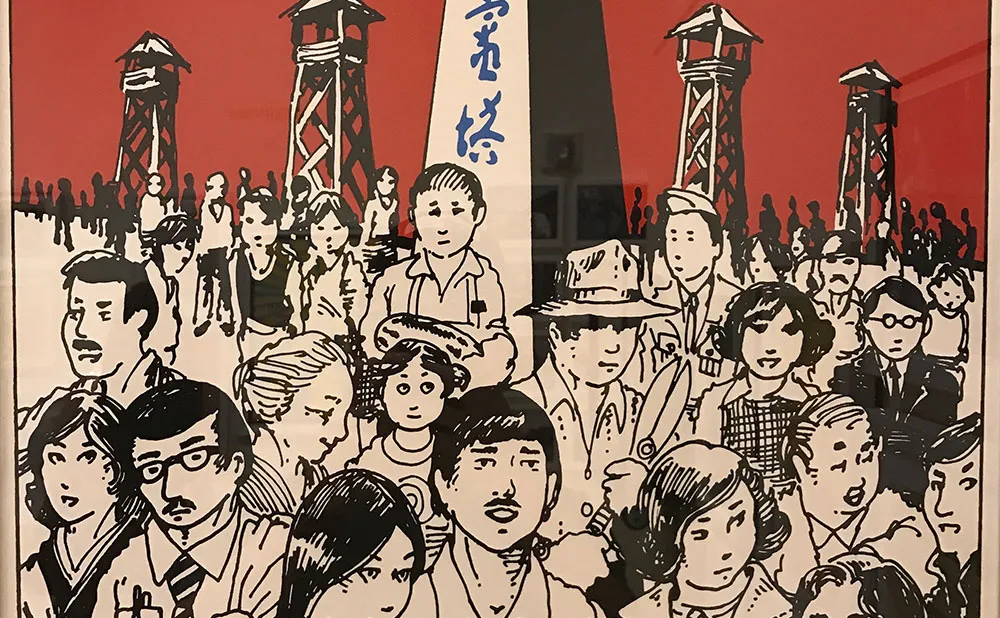Have you ever found yourself changing the way you speak, adjusting your tone, or holding back parts of yourself just to fit in?
I know this feeling all too well. During my year at an American high school, I was the only Indian immigrant student. I quickly learned to modify my accent, carefully selecting words that wouldn’t make me stand out. I hesitated before sharing cultural references, fearing they wouldn’t resonate with others. I dressed differently, spoke differently, and even carried myself differently—anything to blend in. It was a lonely experience, but more importantly, it was exhausting.
Many professionals go through this daily in the workplace, wearing a mask for eight hours a day to be perceived as competent or likable. A study which surveyed over 2,300 Black Gen Z professionals, found that 86% of those with African heritage changed their names on job applications to improve their chances of getting hired. This is a practice known as code-switching.
Why do we code-switch?
Code-switching is adjusting our communication style—like accent, tone, or word choice—depending on who we are with. Many people naturally alter how they speak depending on their audience, such as using different language with colleagues compared to close friends. However, for individuals from marginalised communities, this often means suppressing important aspects of their identity to avoid bias, judgment, or exclusion.
The origins of this situation are deep-rooted. Professionalism has traditionally been defined by Caucasian, Western standards, favoring straightened hair over natural curls, and “proper” English over regional dialects. Research indicates that 38% of Black Americans and 45% of Latin Americans feel judged for their accents or speech patterns in the workplace. Furthermore, Black women are 80% more likely to change their hairstyle to conform to societal norms regarding professionalism. High vigilant behavior, or constantly preparing for discrimination, is linked to code-switching in professional settings.
The mental toll and the “model minority”
While code-switching can sometimes help individuals navigate professional environments, it comes with a significant cost. Imagine spending eight or more hours a day carefully monitoring every word and gesture just to fit in! Research indicates that this mental effort can lead to stress, burnout, and a diminished sense of belonging.
Suppressing aspects of one’s identity in order to assimilate can also create a sense of loss. Those with high career aspirations often feel an even greater need to downplay their cultural backgrounds, resulting in increased rates of emotional exhaustion and detachment.
But it’s not always the negative perceptions that have an impact. South Asians, frequently classified as the “model minority,” experience a different type of workplace bias. The perception that they are hardworking and high-achieving often trivialises the discrimination they encounter, which research has linked to mental health issues and limited opportunities for advancement.
Building a workplace where everyone can be their true selves
The responsibility of breaking code-switching habits should not rest solely on individuals. Organisations must create inclusive workplaces where employees feel safe expressing their authentic selves. Here’s how to achieve that:
- Examine whether minority employees are genuinely encouraged to bring their whole selves to work, or only when they conform to dominant cultural norms
- Ensure representation at all levels to normalise diverse cultural identities, including different hairstyles, interests, and speech patterns
- If you find yourself thinking that a coworker of a minority group is “not like the others” consider where that thought originates
- Reflect on your personal biases instead of placing the burden on marginalised employees to explain themselves
- Call out and be in tune with subtle behaviors and comments, not just overt discrimination


